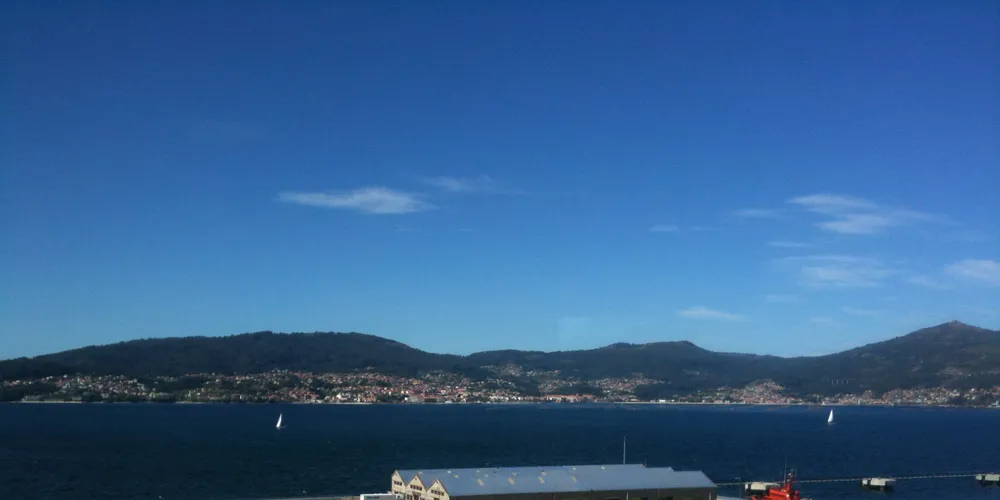Conxemar 2014 Blog: Recap on all the news from Vigo
IntraFish is blogging live from the World Shrimp Congress and the annual Conxemar Spanish frozen seafood exhibition in Vigo, Spain. Check back here to get up to the minute coverage.

IntraFish is blogging live from the World Shrimp Congress and the annual Conxemar Spanish frozen seafood exhibition in Vigo, Spain. Check back here to get up to the minute coverage.
